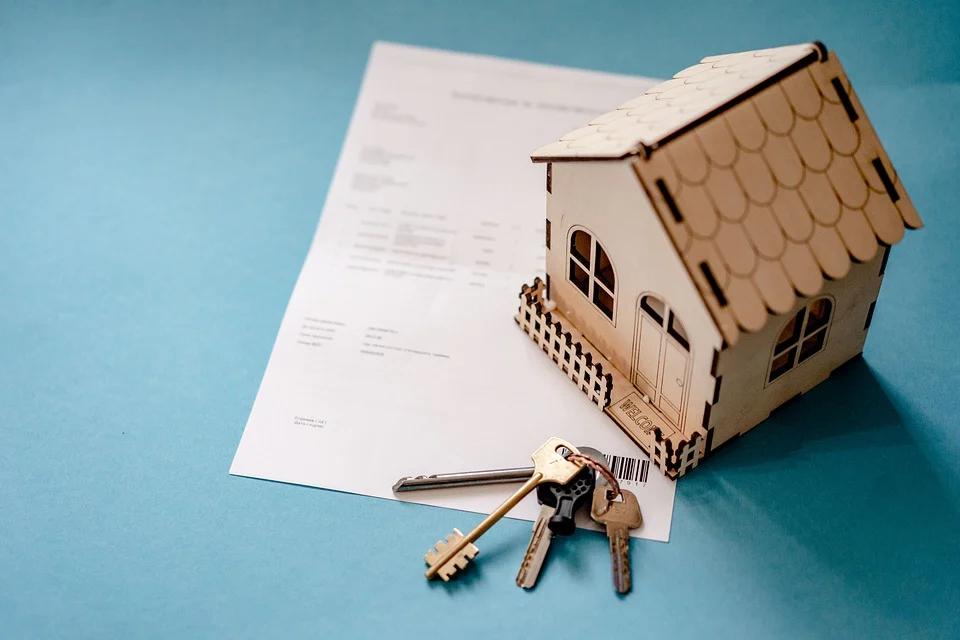Are you prepared to submit a formal application for an Australian mortgage? You’ll need to give the lender and the home loan broker some information and personal details. The methods and procedures for applying for an Australian home loan are outlined in this article.
Steps Involved in Applying for a Mortgage
While not overly complicated, the application procedure for a home loan can be very drawn out. Typically, it will incorporate the following actions:
- Assembling the necessary documentation
- Comparing mortgage lenders
- A first evaluation by the lender
- Giving the lender your application
- The lender accomplishes an assessment of the property
- The lender decides whether or not to approve a loan
- They bring you a proposal
- The loan has been paid off, and the money has been transferred to you
Pre-approval Paperwork for a Mortgage
Pre-approval for a mortgage authorises you to borrow a predetermined amount, providing you with a clear indication of whatever you can and cannot afford. The following papers are required for pre-approval of a mortgage:
- Income verification
- Bank records and evidence of saving
- A breakdown of your existing financial obligations
- 100 ID points
- Obtaining pre-approval does not ensure that your application for a mortgage will be accepted
How Long is a Pre-approval for a Mortgage?
With most conventional lenders, home loan pre-approval, also known as a conditional approval, typically lasts three to six months. Pre-approvals aren’t generally done for lengthier than this because the housing market and people’s financial situations are subject to change.
You can expedite the application process by obtaining pre-approved for a loan amount, which might offer a better understanding of your financing.
Property Assessment
The lender will request an appraisal of the asset you seek to purchase after conditional or pre-approval. The bank must ensure that your mortgage loan does not exceed the property’s value. This is so that the house can serve as security for the mortgage.
Mortgage Lender Insurance (LMI)
You may have to pay LMI based on the scale of your investment. Your request will be forwarded to a loan insurer and subject to additional credit checks if the LVR, loan-to-cost ratio, is over 80%.
Final Endorsement
Final approval occurs when the lender can confirm they have all the information they want and are ready to approve.
There may be some up and down with the moneylender before giving their final clearance if your mortgage request is more complicated or you haven’t given all the required papers.
Loan Proposal Offered
Your mortgage offer will be given to you once you’ve received unconditional loan approval. The loan agreement you will have to sign to accept the lender’s offer will typically be sent to you. You can review the deal with a lawyer or home loan broker if you desire legal counsel.
Once you have approved the contract, send it back to the lender and any conditions necessary to pay off the loan. There will be more minor delays at settlement if you do this sooner.
Settlement
Congratulations! You are now in the settlement phase. In the settlement phase, all outstanding legal and financial issues are resolved, and the ownership of the property is changed from one buyer to the next. The bank then pays the seller by taking the funds out of the designated account for the buyer.
After receiving the completed paperwork, the title office registers the new property owner; that would be you! You can get the keys to your house once settlement has occurred.
The Bottom Line
Once you’ve secured a mortgage, it’s critical to periodically do a health check-up to ensure you’re continuously getting a reasonable deal. You should compare your home loan with other available programmes every 12 to 18 months. It could be time to review and refinance if you feel you’re obtaining a raw bargain on your mortgage.
Author: Alison Lurie

